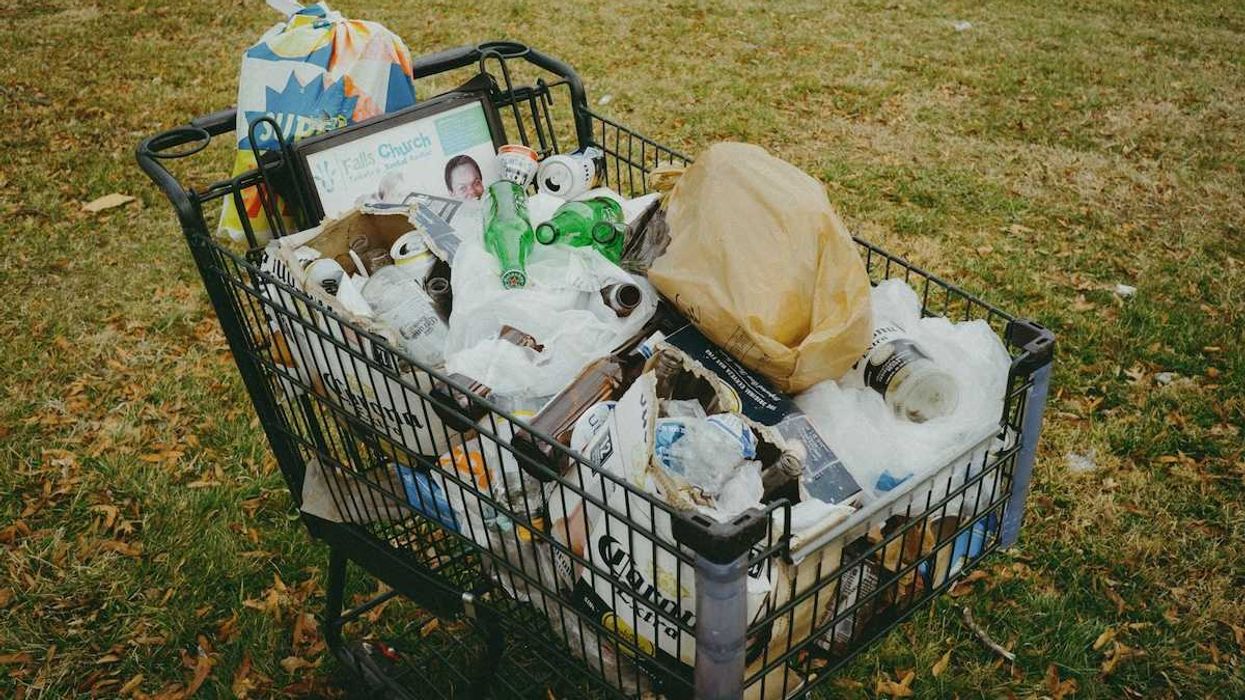A sweeping government report on children’s health has reignited criticism of the U.S. Food and Drug Administration (FDA)'s outdated approach to food packaging chemicals, as researchers call for stronger oversight of endocrine disruptors and toxic mixtures.
Brian Bienkowski reports for The New Lede.
In short:
- A federal report from the new Make America Healthy Again Commission, led by U.S. Health and Human Services Secretary Robert F. Kennedy Jr., identified chemicals like BPA, PFAS, and phthalates as threats to children’s health and signaled Kennedy’s intent to reform FDA policy.
- Scientists say the FDA still relies on outdated toxicology models that ignore low-dose effects and cumulative exposures from mixtures of chemicals, which can affect hormones and child development.
- The FDA permits thousands of food-contact substances, many through the GRAS (Generally Recognized As Safe) loophole, which critics argue allows industry to bypass rigorous safety reviews.
Key quote:
“Where are they falling short in their testing? The answer is everywhere. They’re 50 years behind the times.”
— Jerry Heindel, director of Healthy Environment and Endocrine Disruptor Strategies (HEEDS) and former program director at the National Institute of Environmental Health Sciences
Why this matters:
Tens of thousands of chemicals come into contact with our food before it reaches our plates, yet the safety net meant to protect us hasn’t kept pace with modern science. Many of these substances — including BPA, PFAS, and phthalates — are endocrine disruptors, interfering with hormones even at low levels. Children, whose bodies and brains are still developing, are especially vulnerable to these effects. The FDA still largely assesses chemical safety one substance at a time, ignoring how real-world exposures happen: in mixtures and over time. Meanwhile, manufacturers can use a legal loophole to declare chemicals safe without disclosing them publicly or seeking formal FDA approval.
While Europe has banned hundreds of these substances from food contact, the U.S. continues to allow them, often based on outdated studies or industry data. As science reveals more about the links between chemical exposures and chronic diseases, the regulatory lag puts public health at risk.
Related EHN coverage:














